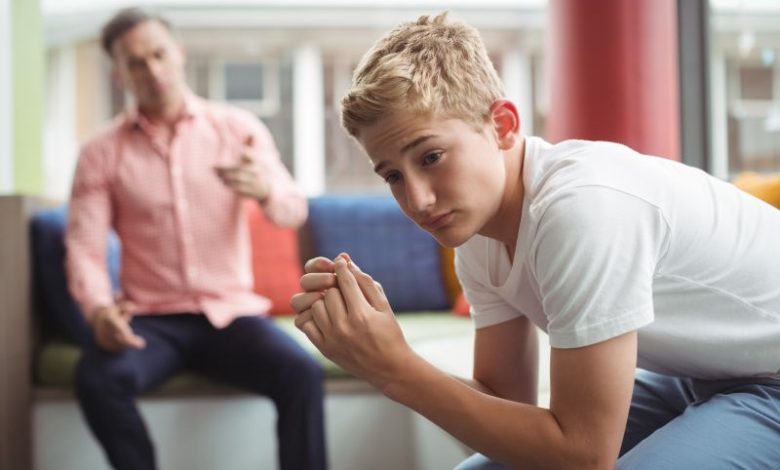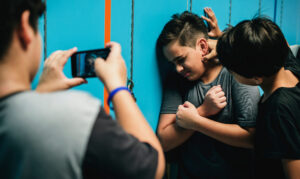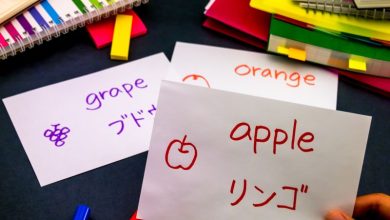Effective classroom management practices
NZ students’ bad classroom behaviour has recently made headlines - how can teachers effectively manage student classroom behaviour?

Two companion reports recently published by the Education Review Office (ERO) have highlighted the poor state of classroom behaviour in New Zealand and outlined teacher best practice for classroom management.
The reports have prompted education leaders to call for increased classroom management support for kaiako.
In a press release, NZEI Te Riu Roa stated that children are experiencing “unprecedented” levels of trauma, stress, learning difficulties, anxiety and physical, mental and emotional health issues which lead to increased negative behaviour.
Read the latest print edition of School News HERE
Addressing this behaviour requires “more than online guidance for teachers or manuals on physical restraint,” said President Mark Potter.
“It’s upsetting to read again that the anxiety and stress our children experience is having such negative consequences in the classroom. None of this is new to us, but it is confirmation that schools are high stress and complex workplaces. What it does signal is that a band-aid approach to learning support is not enough.
“To really move the dial, the Government needs to make and fund child-centred policies – policies that support teachers in the classroom to support the children they teach. We have long term strategies and investment plans for potholes, but we’re not seeing these for children.”
Potter called on the government to improve staffing and resource in schools and to improve social supports like benefit and income allowance and childcare support.
Kate Gainsford, Chair of the Secondary Principals’ Council said “we need more investment in effective support to help better management of behaviour including timely access to mental health professionals for young people who need this.”
PPTA Te Wehengarua President Chris Abercrombie agreed, noting that pastoral care staffing was a priority for collective agreement negotiations last year and adding the the government has been slow to respond to these concerns.
“The Minister of Education should take note of the impact of challenging student behaviour on attendance and student achievement in the report. Initiatives to support the needs of young people need to be of a high quality, reliable and accessible. This must be a priority – not channelling funding away into charter schools.”

Bad behaviour, worse outcomes
The first report titled “Time to Focus: Behaviour in our Classrooms” made headlines due to its alarming findings. It found that student behaviour in New Zealand classrooms is a “major problem” in schools, where half of teachers must deal with classroom distraction in every lesson and a quarter of principals see students physically harming others or damaging and taking property every day. International studies like PISA also show that New Zealand students rank poorly for classroom behaviour in comparison to other countries. This is linked to lowered student achievement.
It also found that student behaviour is becoming worse, with teachers reporting an increase in challenging behaviour.
Negative behaviour was found to impact student enjoyment of school, which is a key driver of attendance. Negative behaviour also resulted in consequences such as stand-downs, which is linked to poor life outcomes.

Around half of teachers spend almost an hour a day managing challenging behaviour, which takes away from teaching-time, found the report. Managing classroom behaviour was also reported to impact teachers negatively, and was found to be a key driver of teachers exiting the workforce. Teachers were also not equipped to manage negative behaviour, with new teachers reporting more difficulty managing classrooms. Older teachers (>35) new to the profession reported being more prepared to manage classroom behaviour in comparison to younger colleagues. Teachers also report being unable to respond to difficult behaviour due to time constraints.
Teachers and principals said they had difficulty accessing appropriate support for challenging behaviour, especially in low socioeconomic communities. Teachers and principals from low socioeconomic schools are also more likely to witness bad behaviour every day.
Finally, 25 percent of teachers report school policies for behavioural issues are not consistently applied, though only two percent of principals agree.
Larger and low-socioeconomic schools were more likely to see bad behaviours in classrooms.
Creating positive learning environments
In the companion report “Good Practice: Behaviour in our Classrooms” the ERO compiled international and local evidence, resulting in six recommendations.
These include a mix “proactive” and “reactive” measures. The former is an approach to preventing challenging behaviour and the latter are responses to challenging behaviours. The ERO recommends proactive strategies be employed more than reactive strategies.
The six practice areas are:
- Know and understand students and what influences their behaviour (proactive)
This could look like getting to know a student’s whānau and needs before the beginning of term, organising group work based on peer dynamics, adequately orientating new entrants, discussing student needs with colleagues, and developing positive student-teacher relationships.

2. Use a consistent approach across the school to prevent and manage challenging behaviour (proactive)
This may look like developing codes of conduct, discussing with colleagues how positive behaviour can be modelled by teachers, teaching school values and setting clear behavioural expectations.
3. Use strategies in the classroom to support expected behaviour (proactive)
These might include collaboratively developing classroom specific expectations and consequences, establishing routines, using the layout of the classroom to encourage positive behaviour and using praise and incentives to encourage desired behaviour.
4. Teach learning behaviours alongside managing challenging behaviour (proactive and reactive)
This may include the use of teaching practices that promote focus, teaching positive social behaviours and coaching students to regulate their own behaviour and emotions.
5. Respond effectively to challenging behaviour (reactive)
This may look like planning responses to common challenging behaviours before they arise and may include corrective feedback, reminders/warnings, redirections or consequences.

6. Use targeted approaches to meet the individual needs of students (reactive)
This could look like adapting approaches to specific students, planning with colleagues and whānau and seeking expert help where required.
It’s also important to ensure foundational approaches to teaching like content knowledge and delivery, pacing, cultural responsiveness and reflection are done well. These foundational practices support classroom management strategies to ensure effective teaching.
More detail on each practice area, including relevant local examples, are available in the full report which can be found here.









